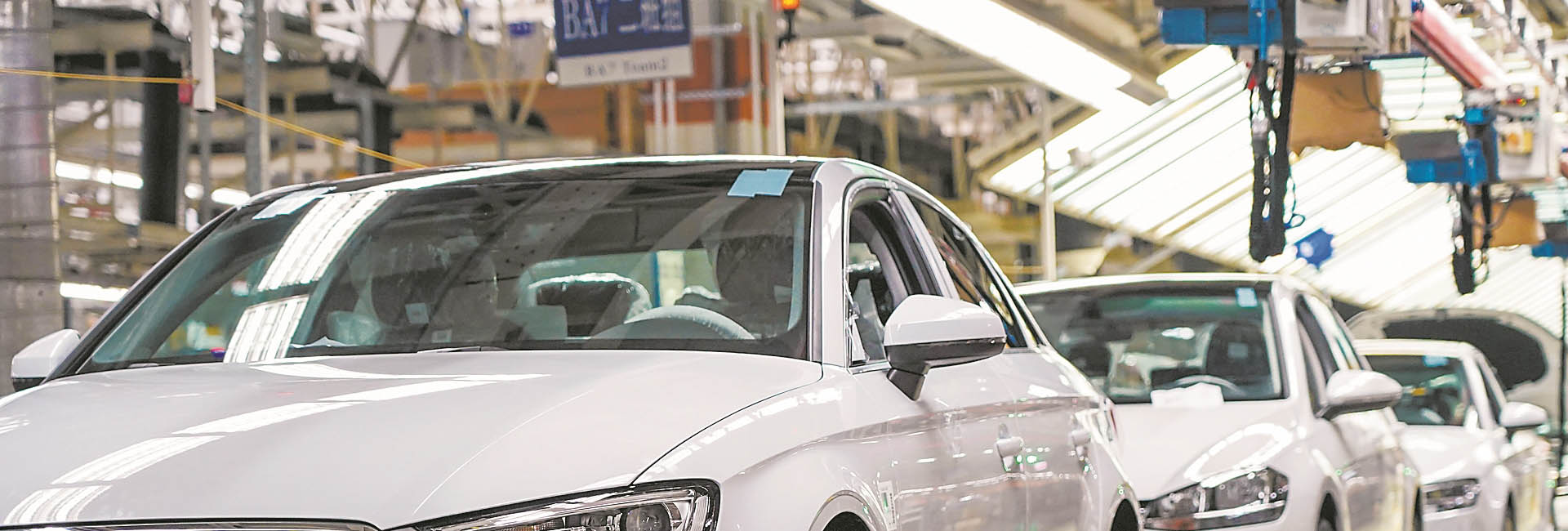Reasonable die structure design
1) The components in the automobile die should have enough stiffness and strength, and the automobile die should be machined to withstand pressure without deformation. Die wall thickness should be enough to reduce deformation.
2) Design of gating system to minimize impact and erosion on core
3) Correct selection of tolerance fit and surface roughness of each element.
4) Keep the thermal balance of the die.
3. Standardize heat treatment process
The metallographic structure of the material can be changed by heat treatment to ensure the necessary strength, hardness, dimensional stability at high temperature and thermal fatigue resistance.
Correct heat treatment process can get the best die performance, and the properties of steel are controlled by quenching temperature and time, cooling speed and tempering temperature.
The filling of liquid metal at high pressure and high speed will inevitably produce intense impact and erosion on the die, resulting in mechanical stress and thermal stress. In the impact process, the metal liquid, impurities and gases will also have complex chemical interaction with the surface of the die, and accelerate the corrosion and crack generation. When the liquid metal is wrapped with gas, it will expand in the low pressure area of the cavity first. When the gas pressure rises, it will produce inward blasting, pull out the metal particles on the surface of the cavity and cause damage, resulting in cracks due to cavitation.
Some dies produce only a few hundred pieces, and cracks develop rapidly. It is possible that the forging process only ensures the shape and size, while the dendritic crystals, inclusion carbides, shrinkage holes, bubbles and other loose defects in steel are stretched along the processing method to form a streamline, which has a great impact on the final quenching deformation, cracking, brittle cracking and failure tendency in the use process.
Quick navigation
Thermal fatigue resistance material cutting performance!
2023-02-16
Copyright © 2012-2023 Tsunngai Tooling All rights reserved 苏ICP备2023005724号-1



